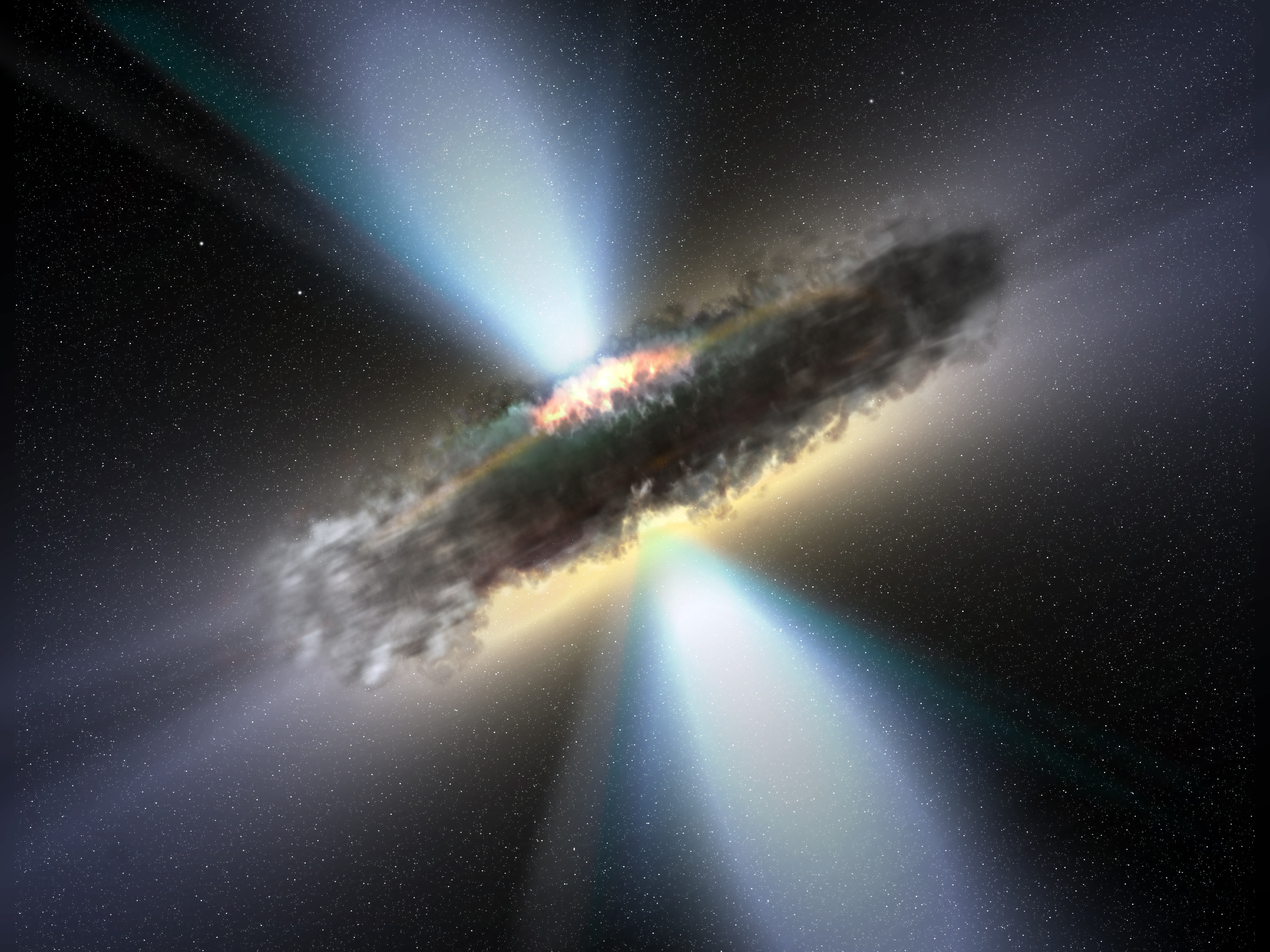Baryonic matter, which is everything we are made of and everything we can see in the universe, is not a lot of stuff. I mean to a tiny Earthling, it’s a heck of a lot, but if you put it all together it only makes up about 5% of the total Mass-Energy in the Universe. If you’ve ever seen the Millennium simulation, it highlights the fact that both baryonic and dark matter are organized into filaments of mass, with the baryonic matter at the densest points, ie the galaxies.

What lies between these dense nodes and filaments are vast empty swaths of space, the cosmic ocean as it is. It seems like a nice neat package of what the universe is, but there is one fairly large problem. Even with such incredible models and simulations, we don’t see all of the baryonic matter that we should. Some of it is missing, and we don’t know where it is.
It could all be out there, hidden between galaxies. Or the models could be wrong, and we are lacking a deep understanding of the universe as it actually is on the grand scale. Either way, something needs to change, and we need to learn more.
There might be a ray of hope though, with a team of astronomers led by Dr Markus Haider of the Institute of Astro- and Particle Physics at the University of Innsbruck in Austria. His team ran simulations of matter distribution within the filamentary structure of the universe, similar to the millennium simulation, though their simulations covered a smaller fraction of the universe over a longer time scale.
Unsurprisingly, the simulations revealed that 50% of the total mass of the universe is located in the densest places where galaxies reside, in a volume of just 0.2% of the entire visible universe. A further 44% of the total mass is located around the filaments, leaving only 6% of the universe’s total mass in the empty voids. They are truly voids, making up 80% of the universe’s total volume.
The surprising result was that 20% of the baryonic matter, the stuff we see, was located in the voids. With so much gravity pulling the matter into the filaments and knots, how could so much of it end up in the voids?

The answer may lie in the supermassive black holes that live in the cores of large galaxies. Because of the law of conservation of angular momentum, black holes release incredibly powerful jets of energized particles perpendicular to their accretion disk. These jets can suck up gas and dust in a galaxy, heating it up and sending it far away. This may be the mechanism that is moving baryons into the voids.
If this turns out to be the case, it may end up solving the missing baryon problem, and proving that current theories of the universe on the grand scale are correct. But it’s a tough thing to prove observationally, and there is still a lot of work to be done.
Still, it’s a step in the right direction. Simulations give observers a basis for choosing targets to maximize the scientific yield. It would truly be an amazing step to show that black holes shape the entire structure of the universe. It makes their power truly seem terrifying.
